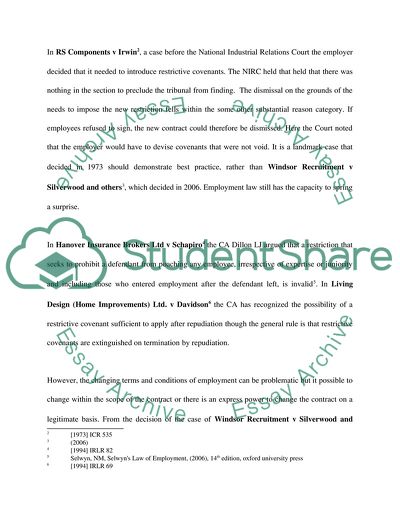Cite this document
(Employment Law Assignment Example | Topics and Well Written Essays - 2250 words - 3, n.d.)
Employment Law Assignment Example | Topics and Well Written Essays - 2250 words - 3. Retrieved from https://studentshare.org/law/1545315-employment-law
Employment Law Assignment Example | Topics and Well Written Essays - 2250 words - 3. Retrieved from https://studentshare.org/law/1545315-employment-law
(Employment Law Assignment Example | Topics and Well Written Essays - 2250 Words - 3)
Employment Law Assignment Example | Topics and Well Written Essays - 2250 Words - 3. https://studentshare.org/law/1545315-employment-law.
Employment Law Assignment Example | Topics and Well Written Essays - 2250 Words - 3. https://studentshare.org/law/1545315-employment-law.
“Employment Law Assignment Example | Topics and Well Written Essays - 2250 Words - 3”. https://studentshare.org/law/1545315-employment-law.


